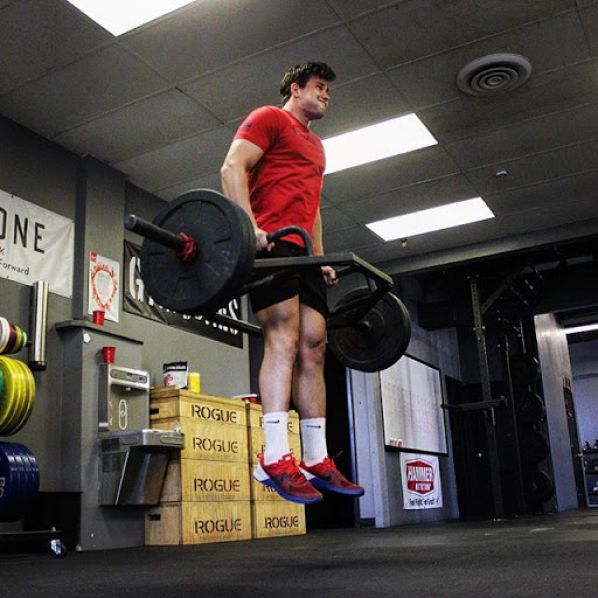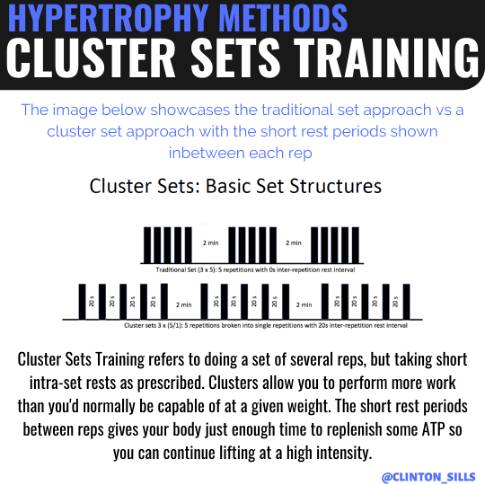Enhance Muscle And Strength With These Sleep Extension Techniques
 There is a growing body of research on sleep extension and its potential effects on athletic performance.
There is a growing body of research on sleep extension and its potential effects on athletic performance.
Most of the sleep literature deals with limitations and their effects on health and performance. However, there is a growing body of research on sleep extension and its potential effects on athletic performance. It is well known that sleep is the primary contributor to recovery and performance.
Continue reading











